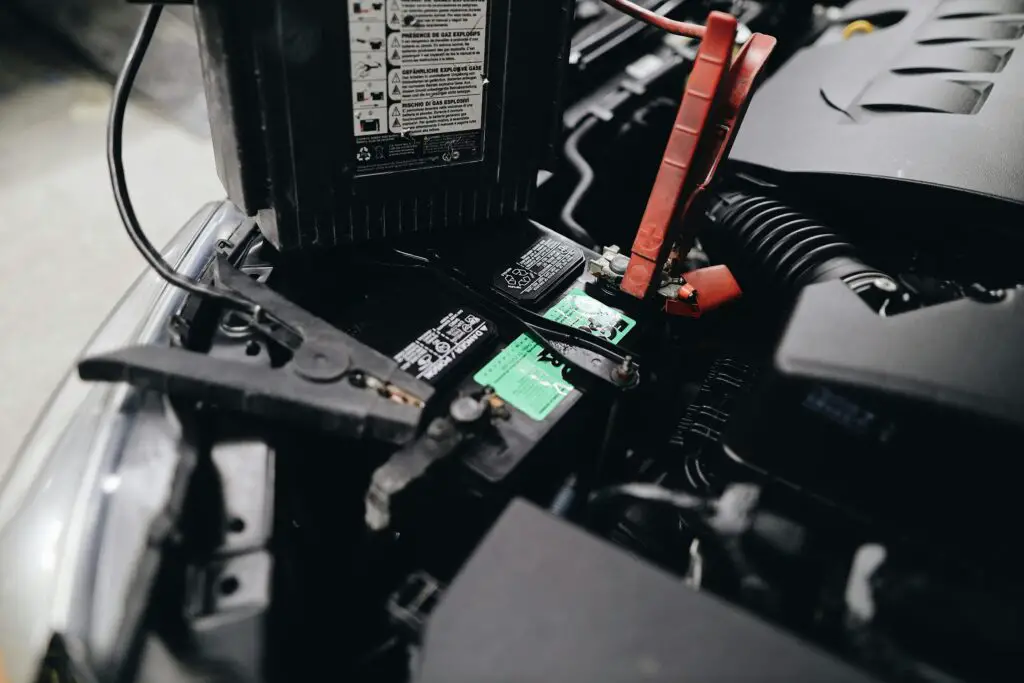Car batteries are essential for starting your vehicle and powering its electrical systems, but not all car batteries are the same. Understanding the type of battery your car uses is important for maintenance, replacement, and overall performance. In this guide, we’ll explore the common types of car batteries, their features, and how to choose the right one for your vehicle.
Types of Car Batteries
Car batteries generally fall into two main categories: lead-acid batteries and lithium-ion batteries. Each type has specific characteristics that suit different vehicle needs.
1. Lead-Acid Batteries
Lead-acid batteries are the most commonly used type in vehicles. They have been around for decades and are known for their reliability and affordability.
Types of Lead-Acid Batteries:
- Flooded (Wet Cell) Batteries:
- These are the traditional type of car battery.
- They require regular maintenance, such as checking and refilling water levels.
- Affordable and widely available, but less durable compared to other types.
- Absorbent Glass Mat (AGM) Batteries:
- These are an advanced version of lead-acid batteries.
- Designed to be maintenance-free and spill-proof.
- Offer better performance, durability, and resistance to vibrations.
- Commonly used in vehicles with start-stop systems or high electrical demands.
2. Lithium-Ion Batteries
Lithium-ion batteries are more modern and primarily used in hybrid and electric vehicles (EVs) including two-wheeler vehicles like electric scooters. However, some high-performance or luxury cars also use them for better energy efficiency.
Key Features:
- Lightweight and compact.
- Longer lifespan compared to lead-acid batteries.
- Recharge quickly but are significantly more expensive.
- Better suited for vehicles with advanced technological features or electric powertrains.

How to Identify Your Car Battery Type
To determine what type of battery your car uses, follow these steps:
- Check Your Owner’s Manual:
- The manual will specify the type and specifications of the recommended battery.
- Inspect the Battery Label:
- Look for markings such as “Flooded,” “AGM,” or “Lithium-Ion.”
- The label also provides important details like voltage and capacity.
- Look for Physical Features:
- Flooded batteries usually have removable caps for adding water.
- AGM batteries are sealed and do not have refillable water ports.
- Consult a Professional:
- A mechanic or auto parts store can help you identify the type of battery in your vehicle.
Factors to Consider When Choosing a Car Battery
When replacing or upgrading your car battery, keep these factors in mind:
- Compatibility:
- Ensure the battery fits your car’s make, model, and specifications.
- Climate Conditions:
- In colder climates, choose a battery with a high cold-cranking amps (CCA) rating.
- In warmer climates, a battery with high heat tolerance is ideal.
- Driving Habits:
- For vehicles with frequent start-stop usage or heavy electrical demands, AGM batteries are a better choice.
- Budget:
- Flooded batteries are cost-effective but require maintenance.
- AGM and lithium-ion batteries are more expensive but offer better performance and durability.
Final Thoughts
The type of battery your car uses depends on its design, electrical requirements, and your driving habits. Most traditional cars rely on lead-acid batteries, while modern hybrids and EVs use lithium-ion technology. By understanding the differences and knowing how to choose the right battery, you can ensure your vehicle performs optimally and reliably.
If you’re unsure about your car’s battery type or need help selecting a replacement, consult your owner’s manual or seek advice from a trusted mechanic. A little knowledge about car batteries can go a long way in keeping your vehicle running smoothly!
Would you like more details about specific battery brands or maintenance tips? Let me know in the comment section below!
Discover more from Chikwem
Subscribe to get the latest posts sent to your email.